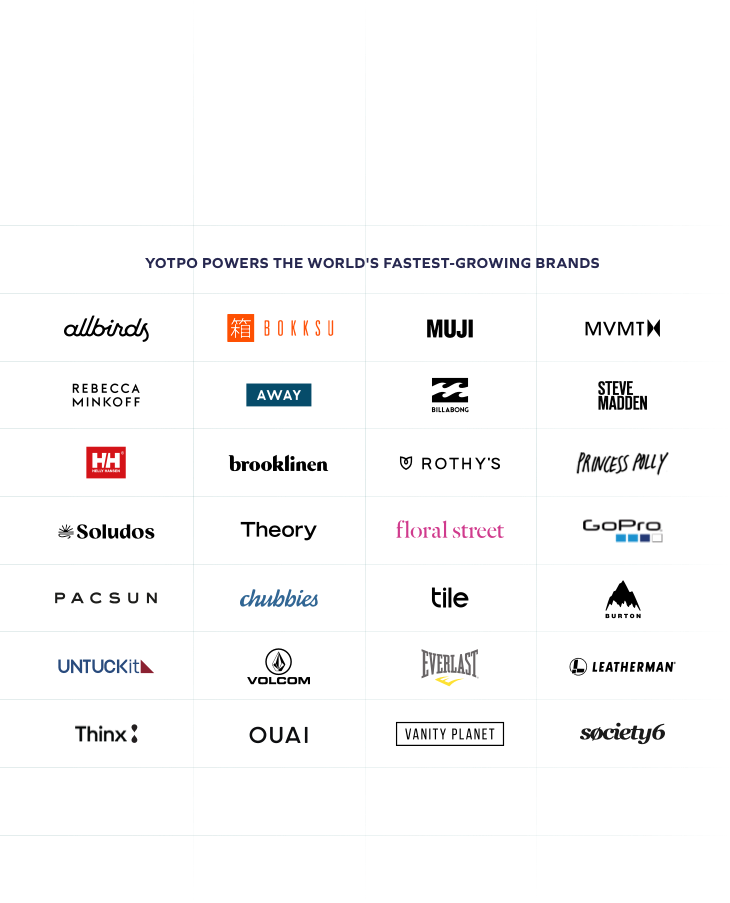Each customer is important to your company’s success. But a vague idea about customer spending is not nearly as useful as calculating customer lifetime value.
Using this customer lifetime value formula, you’ll be able to figure out exactly how much each customer is worth. After you learn how to calculate customer lifetime value, you’ll have the hard numbers you need to optimize marketing strategies, track changes over time, and compare customer spending to customer acquisition costs.
What Is Customer Lifetime Value?
Customer lifetime value (CLTV, or LTV for short) is the numerical value for how much a customer is worth to your company across the duration of the relationship.
This lifetime value is one of the most important metrics for business profitability. The cost to acquire new customers is typically very high. Therefore, if LTV isn’t large enough, your company could be in a situation where your costs to acquire new customers is more than a customer’s total spending.
By understanding the LTV formula, you’ll be able to be more tactical with your customer strategy and how you improve profitability. After digging into the numbers, you can implement systems that encourage customers to spend more, be more loyal to your brand, and are more engaged with your products.
LTV and eCommerce
One of the reasons eCommerce companies have gained such a large market share over the years is that eCommerce has LTV advantages baked into their business models.
eCommerce companies with subscription services or membership programs see longer customer lifespans and higher average purchasing. For example, customers who sign up for a monthly pet food delivery service have focused their spending with a single company rather than shopping around each month. Plus, quarterly rewards can incentivize customer loyalty.
Digitally savvy eCommerce shops also have access to a large number of touchpoints to increase LTV. Whether it’s a remarketing campaign, connecting on social media, or sending an automated SMS message after a product return, the technology embedded into eCommerce can help LTV.
of eCommerce customers by 65%
How to Calculate LTV
Surprisingly, there is no one standard formula to calculate customer lifetime value. Instead, the preferred LTV formula will vary based on business (some companies have consistent profit margins) and by how the number is being used (predictive LTV includes lifecycle timing information).
Advanced formulas and applications aside, a simple, standard formula can help you develop baseline metrics for your company. One of the simplest and most widely used LTV formulas is a straight multiplication of four numbers.
Average order value
x Purchase frequency
x Length of customer lifespan
x Profit margin
_____________________
= Customer lifetime value
For example, let’s say a razor manufacturer sells an average of one shaving set per customer every three months. That would be $25 four times per year totaling $100 annually.
Let’s also assume that on average, customers shop with this brand for seven years. That brings us to $700 that the customer will spend over the length of the relationship. Now, let’s estimate a 50% profit margin. That would mean that the average customer lifetime value is $350.
Understanding the Customer Lifetime Value Formula
The figures seem straightforward in the sample customer lifetime value calculation. However, in the real world, the math can get a little more complicated. You may even need to do some preliminary calculations before you can even start calculating LTV.
Let’s break down each of the elements that go into the LTV formula.
Average order value
This is the average amount that a customer spends in a single transaction. This is sometimes referred to as “average purchase value” outside of eCommerce, but it’s calculated the same way as AOV.
For example, let’s say your business made $100,000 in annual revenue through 1,000 individual sales. The company’s AOV would then be $100, meaning customers spend about $100 each time they shop.
Related: How to Optimize Your Average Order Value
Purchase frequency
With this number, you’re identifying how often a customer shops with your business. This number can vary widely by industry. For example, customers are likely to frequently shop for household consumables, rarely shop for major purchases like furniture, and items like clothes will fall somewhere in the middle.
For example, if you made 1,000 sales per year and had 250 customers in that year, the average purchase frequency would be four. In other words, customers usually shop with your business about four times per year.
Length of customer lifespan
This figure averages how long a customer shops with your company before they become inactive. If you’re a young company, you may not have enough historical data about lifetime cycles, and industry data can give you reasonable estimates. Your product itself may also determine lifespans. For example, if your company focuses on college students, the average customer lifespan would be about four years, and if you sell maternity wear, lifespan could be about nine months.
(First order date – Last order date) ÷ 365 days per year = Individual customer lifespan
Sum of customer lifespans ÷ Total number of customers = Average customer lifespan
For example, if a customer started shopping with you on 1/1/04 and made their last purchase on 5/1/18, their lifespan would have been 5,234 days or 14.3 years. After determining individual lifespans, you can average the numbers across the company to get a single figure.
Profit margin
This figure represents the average amount you earn for the sale of each item. You probably already know your profit margins because it’s a standard tool used in pricing.
How eCommerce Brands Can Improve LTV
Improving your customer lifetime value means addressing each of the variables that go into the LTV formula. Here are three strategies to try:
Increase average order amount
Implement strategies that encourage customers to spend more, such as offering free shipping for a minimum purchase amount, bundling items together to encourage larger purchases, offering personalized product suggestions, or providing perks for certain spending levels.
Increase purchase frequency
You’ll also improve your average lifetime value if existing customers make purchases more often. Loyalty programs and engagement initiatives can improve repeat purchase behavior, and offering subscriptions can give customers added convenience. You can also use customer segmentation to increase purchase frequency through more personalized marketing based on interests and shopping habits.
Related: 10 Secrets to Growing Repeat Customers
Increase customer lifespan
Reducing your churn rate starts with identifying the factors that are contributing to inactivity. You may need to implement a nurturing strategy to keep customers engaged. It can also help to update messaging to reflect a customer’s evolving needs and the length of your relationship. You can also look for other ways to add value such as turning your brand into a community hub that connects your customers to one another.
While small gains can seem inconsequential, they compound over time to have a big impact on your company. Researchers have calculated that a 5% increase in customer retention rate can yield a profit increase between 25% to 95%.
Do you want to learn more about the technology and strategies that can help you improve customer lifetime value? Check out this free eCommerce Retention Course to learn how to add value to your brand and find out how other eCommerce brands have used loyalty programs and SMS marketing to keep customers connected.














 Join a free demo, personalized to fit your needs
Join a free demo, personalized to fit your needs